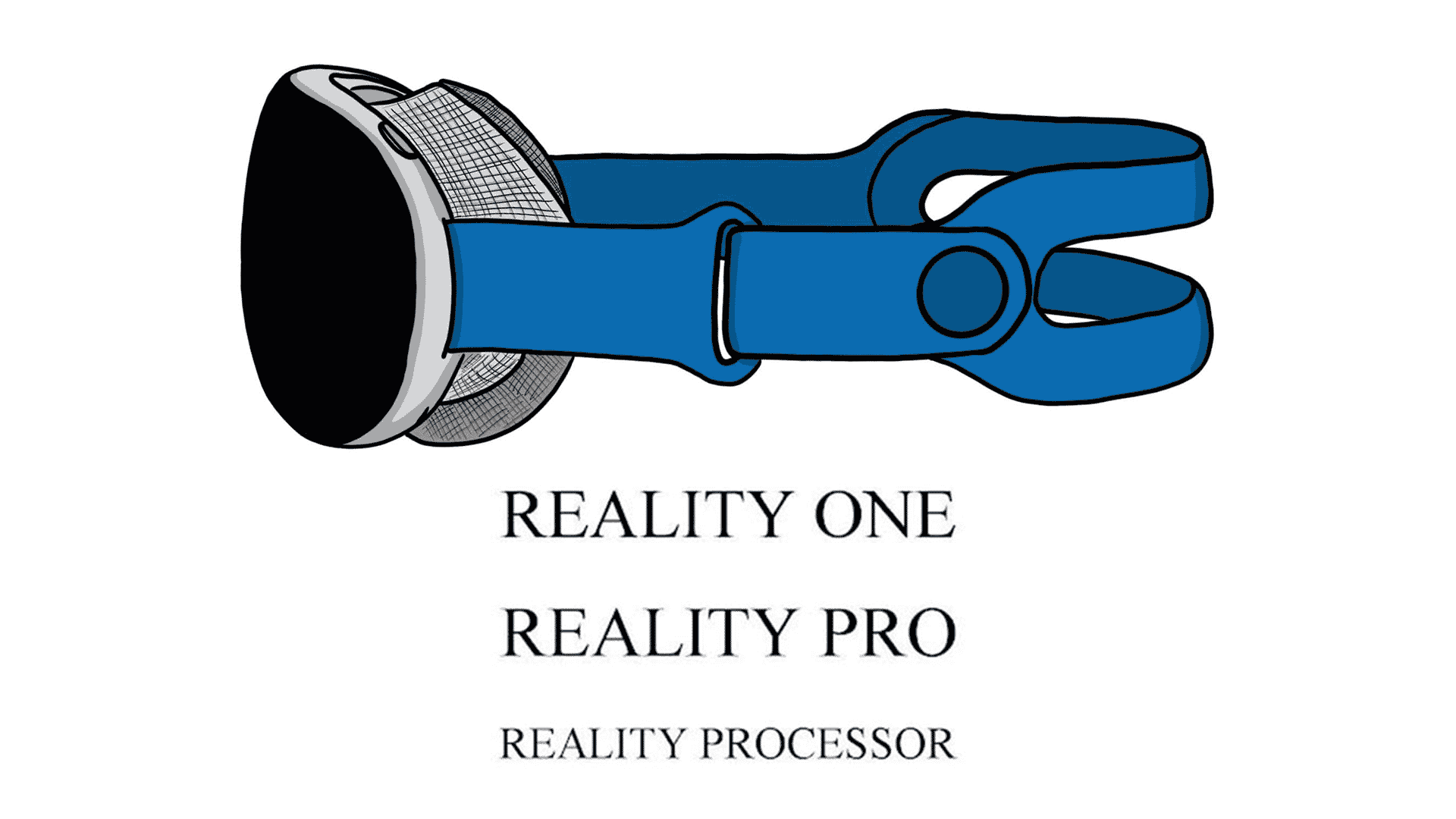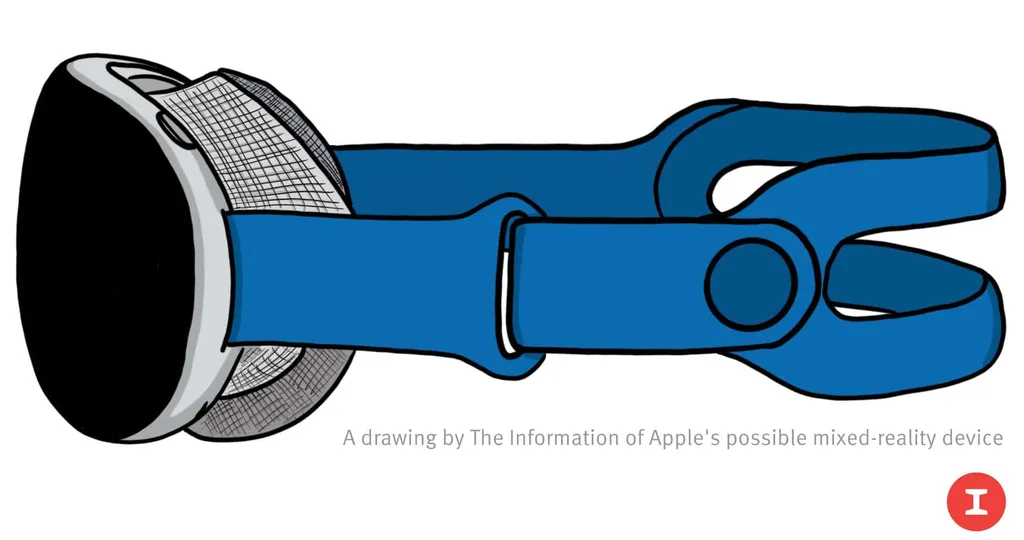Apple has around 3000 people working on its upcoming AR/VR headset, The Information reports.
But the report states Meta’s Reality Labs division has “more than five times as many” people working on Quest, AR glasses, and associated software. That apparently includes roughly 1100 working on Quest, 1900 on content, 2000 on AR, 1000 on machine learning, 1000 developing custom chips, and 2400 in the research team.
According to recent public filings, Apple employed approximately 164,000 people in September of this year while Meta had 87,314. Each company is in a very different stage of build-out, with Apple operating globally including a large footprint of retails stores and already developing its own chips. Meta, meanwhile, just opened its first store as the company still partners with Qualcomm for chips in its headsets.
Last year The Information, Bloomberg, and supply chain analyst Ming-Chi Kuo released reports claiming Apple is preparing to release a premium headset for VR and AR with high resolution color passthrough. Kuo claimed this headset will weigh noticeably less than current VR headsets and feature high resolution OLED microdisplays, while The Information claims it will be powered by the M2 chip seen in the latest MacBooks. In August an Apple-linked company filed to trademark ‘Reality One’, ‘Reality Pro’, and ‘Reality Processor’, suggesting the headset and its processor will be branded Apple Reality.
In June Bloomberg reported Apple is working on realityOS (rOS) versions of its core apps as well as the ability to view a Mac’s display, and AR/VR developer tools. References to realityOS were found in App Store upload logs and Apple code earlier this year, and an Apple-linked shell company trademarked RealityOS in May.

In October The Information reported the headset will feature leg tracking and iris scanning for logins and payments. And earlier this year it released an in-depth report on the project’s troubled history. The headset apparently has 14 cameras in total when including those used for passthrough, positional tracking, eye tracking, face tracking, hand tracking, and body tracking – which reportedly caused “headaches” for hardware and algorithm engineers. One reported feature of the headset is a screen on the front to let others in the room see your upper face and eyes. But adding this screen apparently made the development of its camera passthrough technology more difficult. Plans can change for hardware development sometimes even quite late into a product’s planning, with Quest Pro for example ditching a depth sensor just months before release.
That report also claimed Apple “almost never” mentions games in internal presentations, and isn’t developing a tracked controller, with the input methods instead being hand tracking and a “clothespin-like finger clip” which showed up in Apple patent filings.
The Information previously reported Apple is considering pricing the product as high as $3000, but says Apple was working to reduce the cost of materials to make it more affordable. If the reports so far are to be believed, though, Apple’s product will have higher resolution, a more powerful processor, and a slimmer design than Quest Pro.
Ming-Chi Kuo predicts Apple will host a media event in January, deliver development kits 2-4 weeks later, and launch pre-orders in the second quarter of 2023 for a release before WWDC 2023. WWDC is Apple’s yearly software conference, almost always held in June.



























